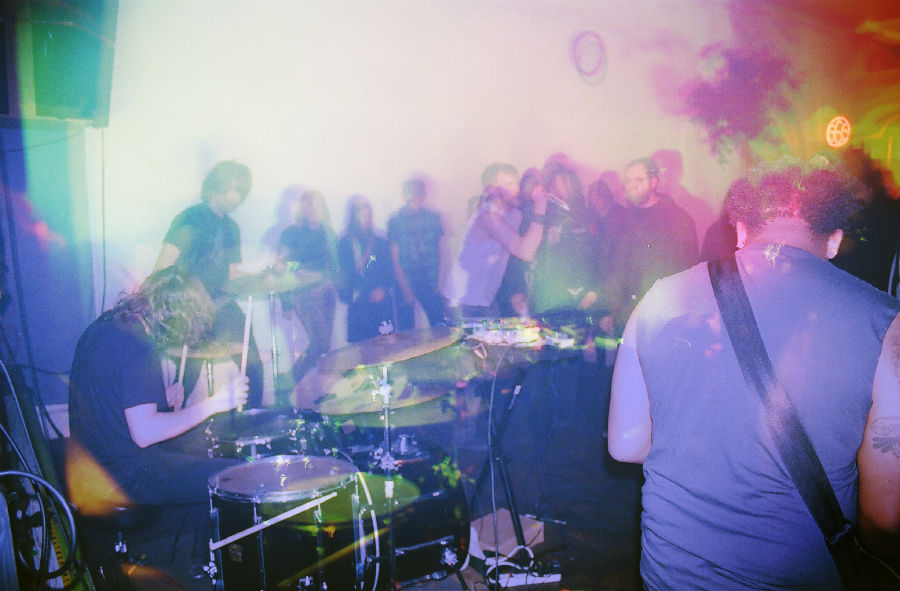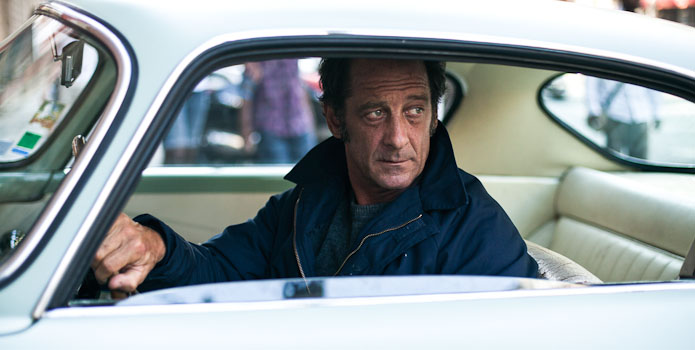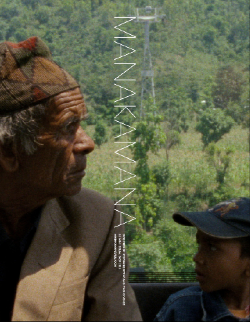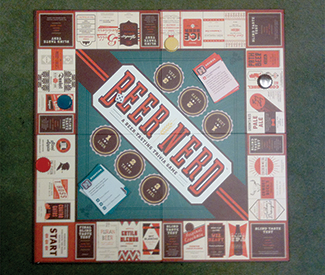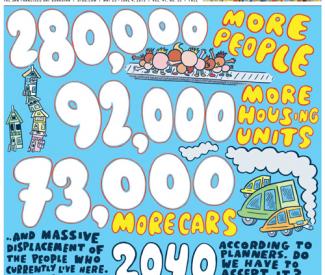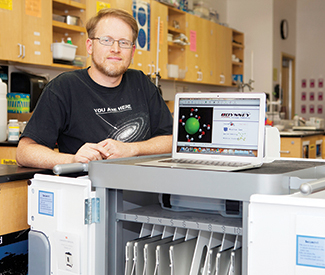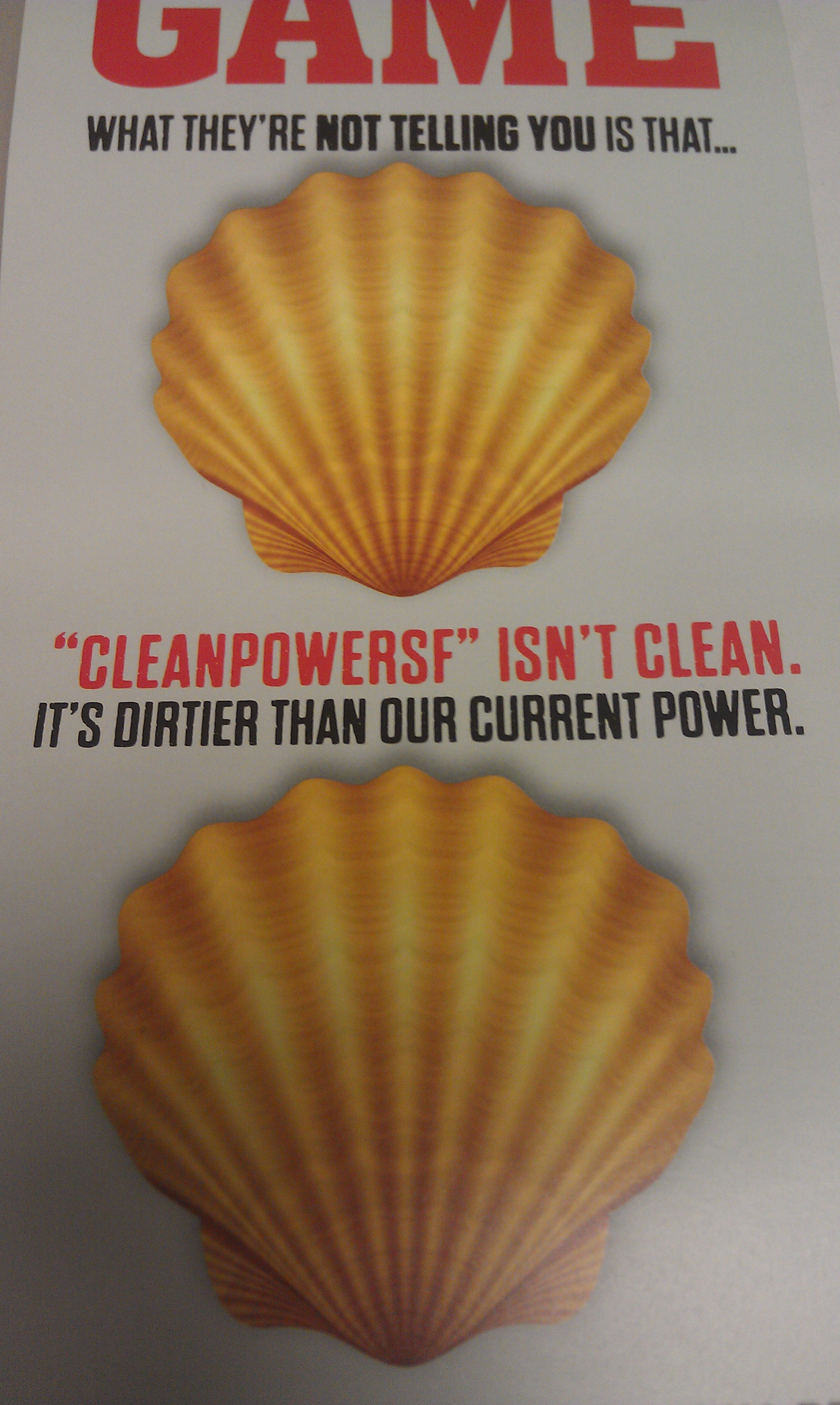Hall & Oates, or Trombone Shorty? Willie Nelson, or Vampire Weekend? This year’s Outside Lands presented its 65,000 attendees with some perplexing choices, resulting in what might’ve been the festival’s most eclectic lineup of its now six-year run. As always, Golden Gate Park was a most picturesque venue, with patches of sunlight punctuating the heavy fog, great nighttime atmosphere provided by the purply-lit trees, and a generous smattering of what Grizzly Bear’s Edward Droste called, “the bougiest food stands I’ve ever seen at a festival.”
Now, without further adieu, here’s a rundown of several acts that’ve left me beaming in the days since Outside Lands came to a close:
BEST OF THE BEST:
Paul McCartney
“How many people have learned to play that one on guitar?” Paul McCartney asked his enraptured audience after a beautiful solo performance of “Blackbird.” (A sea of hands went up, of course.) Watching the crowd’s reactions to McCartney’s most indelible songs, ranging from ecstatic to reflective, it was obvious: this music really means things to people.
Much like Stevie Wonder last year, Sir Paul delivered an unrelenting hit parade on Friday night, delving into the Beatles and Wings back-catalogues for three hours (!) of immediately recognizable songs, pulled directly from the audience’s collective consciousness, and relayed back again. Sure, McCartney’s stadium-ready backing band has largely sterilized the exploratory wildness of the Beatles’ post-mop-top sound, but what a joy it was to be serenaded by the elder statesman of rock ‘n’ roll, giving it his all at the ripe old age of 71.
McCartney was shrewd to forgo his newer material (honestly, who came to hear that anyway?), in favor of Beatles and Wings songs, ranging from black-tie pop ditties like “Eight Days a Week,” and “Paperback Writer,” (performed on the very guitar he wrote it on), to the explosive, technicolor invention of “Being For the Benefit of Mr. Kite,” and “Magical Mystery Tour,” to wistful ballads like “Yesterday,” (which featured the Kronos Quartet on strings, no less) to the giddy excess of “Helter Skelter” and “Live and Let Die.”
It was surreal to be in the presence of such a towering cultural figure, especially as he rattled off casual anecdotes about hanging with Hendrix and Clapton. Despite his stature, though, McCartney’s stage presence was utterly charming, and the rousing singalong he initiated to his ultimate anthem, “Hey Jude,” was the festival’s most communal moment.
Chic
Faced with the unenviable task of filling a D’Angelo sized void (the neo-soul comeback king cancelled his Friday night appearance at the last minute for unspecified health reasons), Chic hopped onstage with an arsenal of disco-funk party jams, and drove the crowd wild. On any Outside Lands bill before this one, Chic might’ve been disregarded as a throwback novelty act, but considering bandleader Nile Rodgers’ high-profile rhythm guitar work on “Get Lucky,” Daft Punk’s “anthem of the summer,” the entire crowd, young and old, had something to be excited about.
Dressed in white, head to toe, Rodgers’ impeccably tight backing band ripped through a number of Chic originals (“Good Times,” “Le Freak”) as well as a handful of his productions for other artists: most notably Diana Ross’ “I’m Coming Out” and David Bowie’s “Let’s Dance.” Rodgers’ ultra-syncopated rhythm guitar cut through the fabric of each song, and fascinatingly, the looming shadow of “Get Lucky” seemed to place his ever-modular approach to the instrument in a new, fashionable context.
Bombino
Much like Tinariwen, another group from the Tuareg region of West Africa that’s garnered intercontinental attention, Bombino of Niger injects the skipping rhythms and flickering melodies of their homeland’s folk music with a dose of unmistakably Western groove: namely, psychedelic rock and American blues. Bandleader Omara Mochtar hardly spoke a word to the audience, but his lively, smiley stage presence was endearing, especially as he delivered flaming guitar licks that would perk up Hendrix’s ears.
While Bombino’s hooks and melodies were certainly involving, the real magic was in those woozy, hypnotic grooves, often suggestive of the Grateful Dead at its most transportive. Dressed in traditional garb, and reveling in the power of extended jams, Bombino’s set was a welcome departure from the indie rock/EDM same-yness Outside Lands is prone to suffer from.
Nine Inch Nails
Trent Reznor is totally buff now. He looks like the kind of gym-rat who might bully the creator of Pretty Hate Machine for his lunch money. But more notably, he’s sober, happily married, and seems invigorated by the prospect of revisiting his ’90s project that introduced industrial music to the pop mainstream. Reznor and Co. took the stage with great conviction on Saturday night, making an assertive case for NIN 2.0’s relevance in the restructured music world of 2013.
Sure, Reznor’s dream-team touring lineup didn’t quite materialize (King Crimson guitarist Adrian Belew and Eric Avery, the bassist of Jane’s Addiction dropped out early on, citing creative differences), yet his backing band was airtight and incredibly versatile, folding marimbas and even Chinese violins into the usual rock band instrumentation, and resulting in some of the most compelling sonics of the whole weekend. With computer guru Josh Eustis (formerly of Telefon Tel Aviv) on board, NIN’s electronics were richer in detail than ever.
The band’s forceful renditions of bangers such as “Head Like a Hole,” “The Hand That Feeds,” and “Closer” channeled the catharsis that runs through Reznor’s music like a freight train. “Something I Can Never Have,” was the subdued ballad of the night: dramatic and moodily lit, but never contrived or unintentionally goofy. “Hurt,” put the entire audience in singalong mode, suggesting a twisted spin on Pink Floyd’s communal anthem, “Wish You Were Here.” New songs, “Copy of A” and “Come Back Haunted,” were engaging and strong, portraying a band too inspired to lean on its past achievements.
As far as spectacle goes, NIN trounced any and all competition. Constantly wheeling instruments and projection screens around, the band utilized the depth of the stage unlike any festival band I’ve ever seen.
It’s always inspiring to see a band return to form with such strength of purpose; between the fantastic visuals, the band’s versatility, and Reznor’s newfound vigor, NIN initiated an astounding return on Saturday night, maybe even turning a new generation of EDM kids on to their brand of industrial menace.
RUNNERS UP:
Jurassic 5 made an explosive comeback after more than five years off the radar. Rappers Chali 2na, Akil, Zaakir, and Mark 7even laid down verses that bounced effortlessly off each other, with DJs Nu-Mark and Cut Chemist providing a thick, but minimal, backbone. The LA-based group delivered one of the most downright fun sets of the entire festival, filling Outside Lands’ glaring hip-hop void with boundless energy.
Willie Nelson was warm and welcoming as ever, with his family band in tow, and a rasp to his Lou Reed-ish speak-singing delivery that’s only grown more endearing with age. “Always On My Mind,” was especially tender, and made me want to give the ponytailed icon a big hug.
Grizzly Bear has a tendency to take the stage with an off-putting sense of self-importance, like the fastidious pastel-wearers their critics accuse them of sounding like. Unlike their uptight performance at the Fox Theater in Oakland last year, the Brooklyn quartet seemed to let loose in the festival environment. The results were fiery, especially on Shields’ dynamic closer, “Sun In Your Eyes.”
Hall & Oates took the stage authoritatively with their signature brand of agreeable soft rock, but more interesting was the crowd’s reaction: many older audience members seemed to take their music at face value, while younger attendees seemed torn between sincere and ironic appreciation.
Jessie Ware‘s vocal prowess, and the quality of her nu-R&B productions, suggest a self-serious performer, but her jokey, self-deprecating stage persona resulted in a disarming, hugely engaging set. A cover of Marvin Gaye’s “I Want You,” thrown in the middle of her groove-laden “No To Love” was an especially nice surprise.
COMPLAINTS:
The National delivered some heartfelt ballads on rust-belt hopelessness, and alcoholism, among other things, and went so far as to bring the Kronos Quartet and Bob Weir on stage. While their set might’ve been incredibly involving in a smaller, indoor venue, something about the band’s intimate songs being performed in the social-media-playground environment of the Lands End stage felt very off.
Vampire Weekend has noticeably beefed up its sound, and grown less insufferably twee since debuting in 2009, but the cutesy, Ivy-League preppiness that continues to draw fans to Ezra Koenig and his Columbia brethren still repels me. Like this year’s much lauded LP Modern Vampires of the City, their set wasn’t exactly “bad,” but that’s the most I have to say for it.
Rudimental surely meant well. The nine-piece, UK based, drum ‘n’ bass-inflected pop ensemble brought infectious energy to the stage, but the result was overwrought and heavy-handed, resembling a busy plate of fusion food with too many sparring elements to result in anything coherent.
Yeah Yeah Yeahs aren’t a low quality band by any means, and songs like “Heads Will Roll” and “Maps” were smartly written, and well delivered, but vocalist Karen O’s incendiary presence made her backing musicians come across as expendable, by comparison.
Red Hot Chili Peppers certainly amped the audience up with their signature Cali vibes, but my overall impression was of a band whose brand-name status has far surpassed its creative potency. Chad Smith and Flea provided a blistering funk-punk rhythm section, especially on bangers like “Higher Ground,” their iconic Stevie Wonder cover, but vocalist Anthony Kedis looked withdrawn, and not quite stoked to be doing his job. The band can certainly fill stadiums in 2013 (and hey, more power to ’em), but at this point, the Chili Pep empire seems to have lapsed into the zone of diminishing returns.

